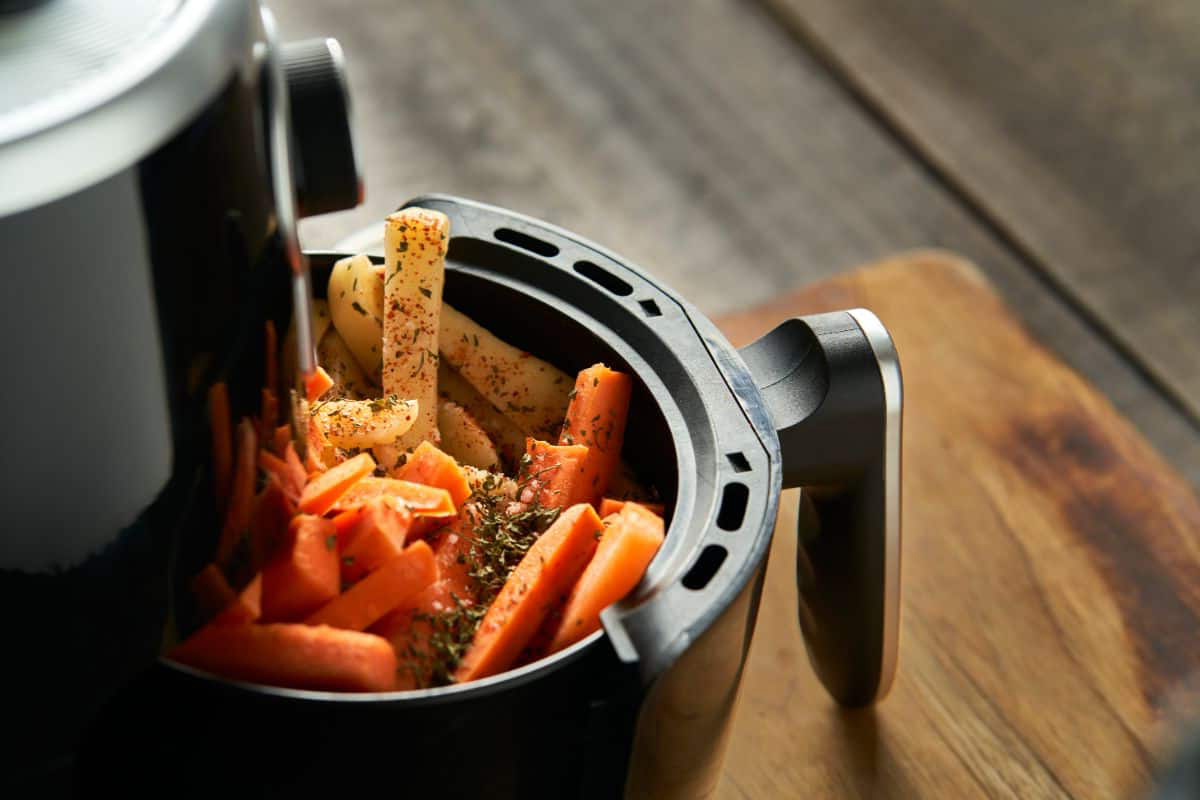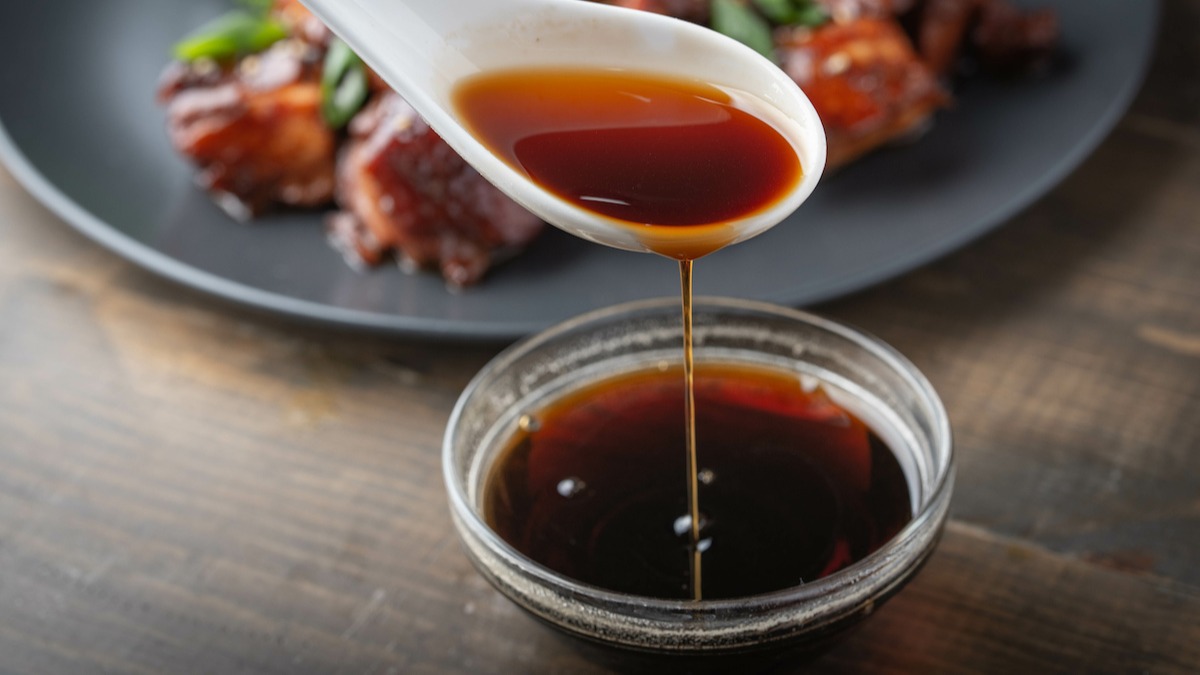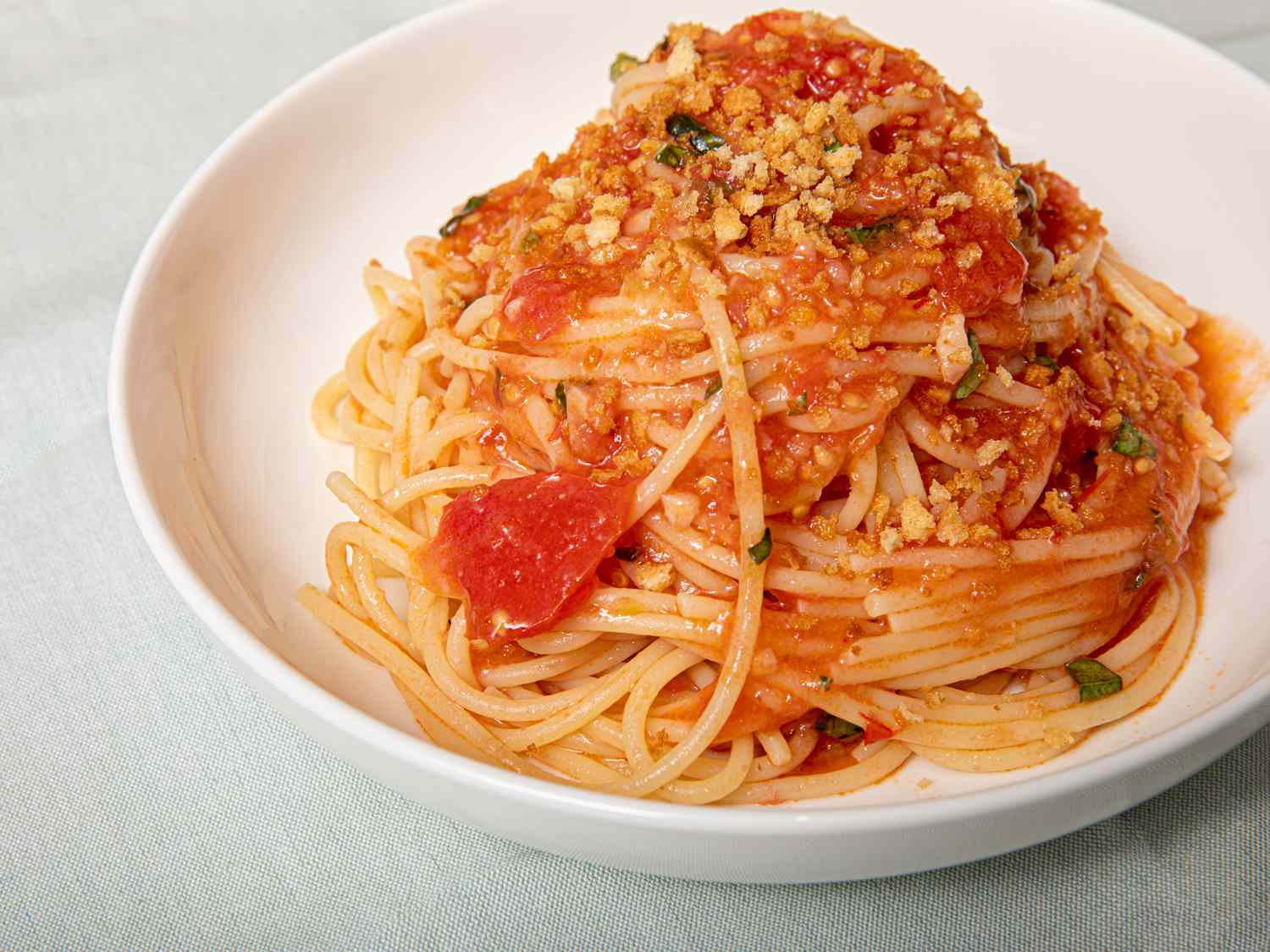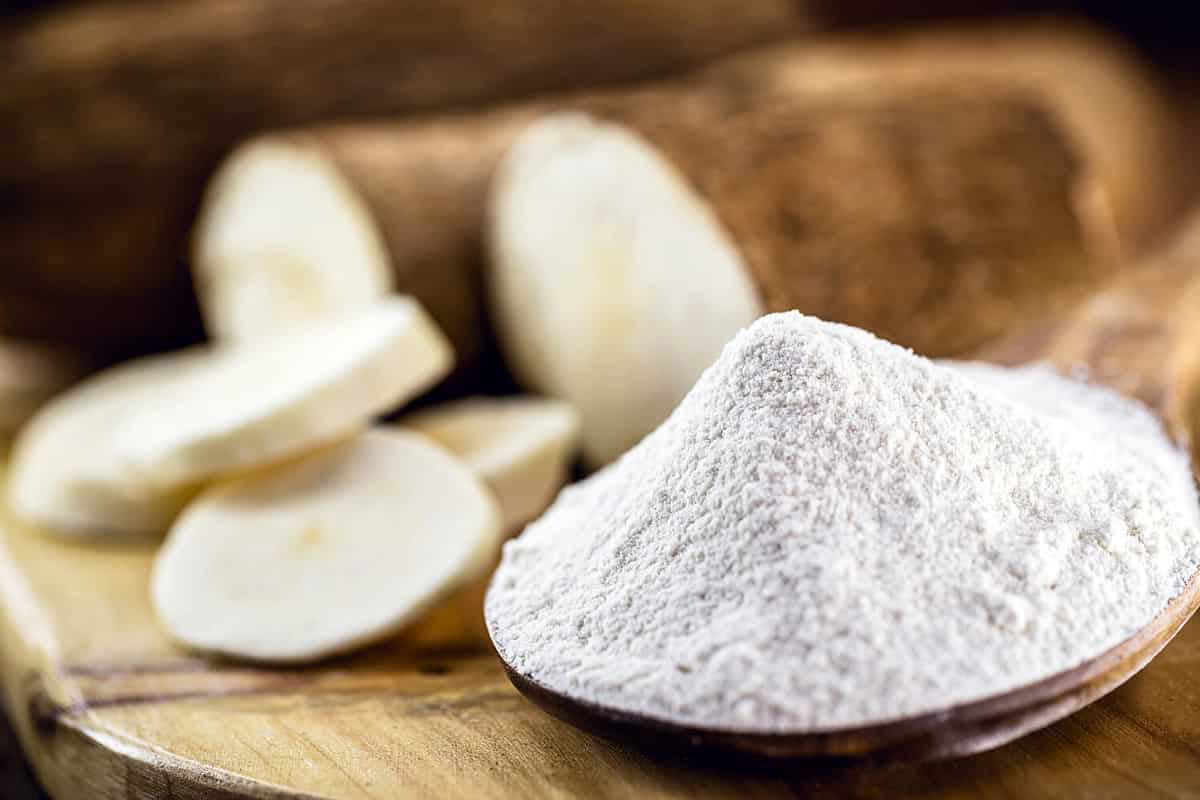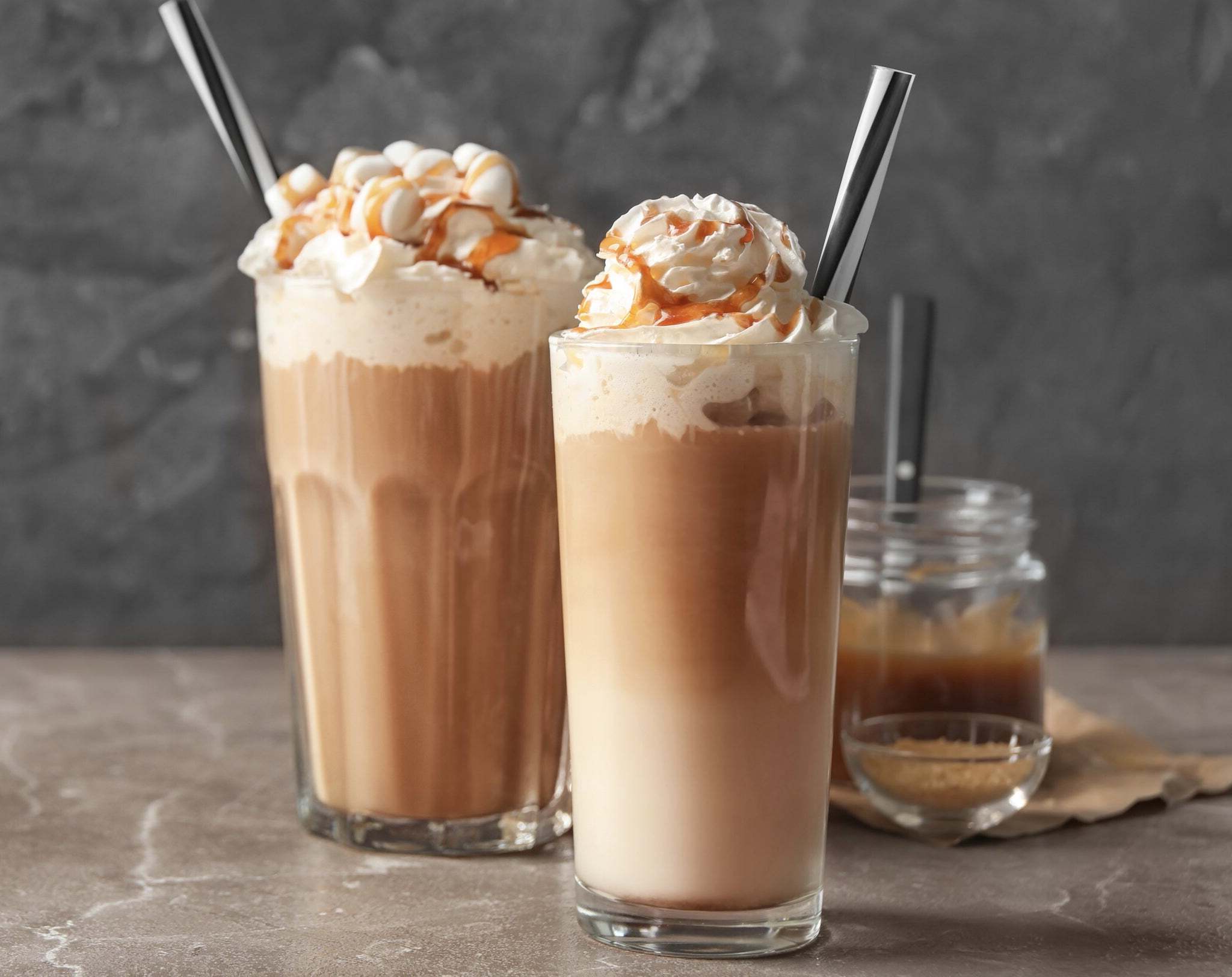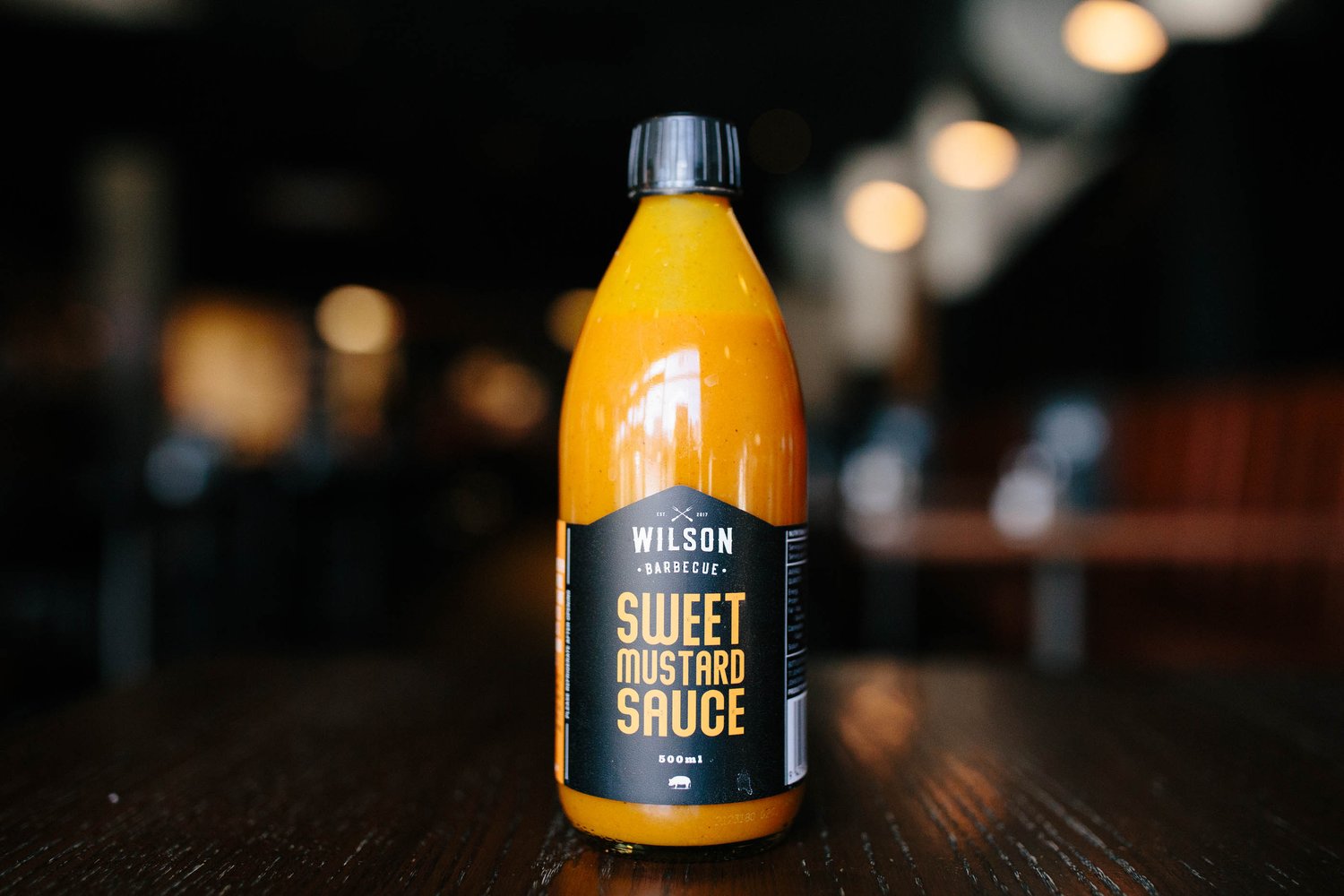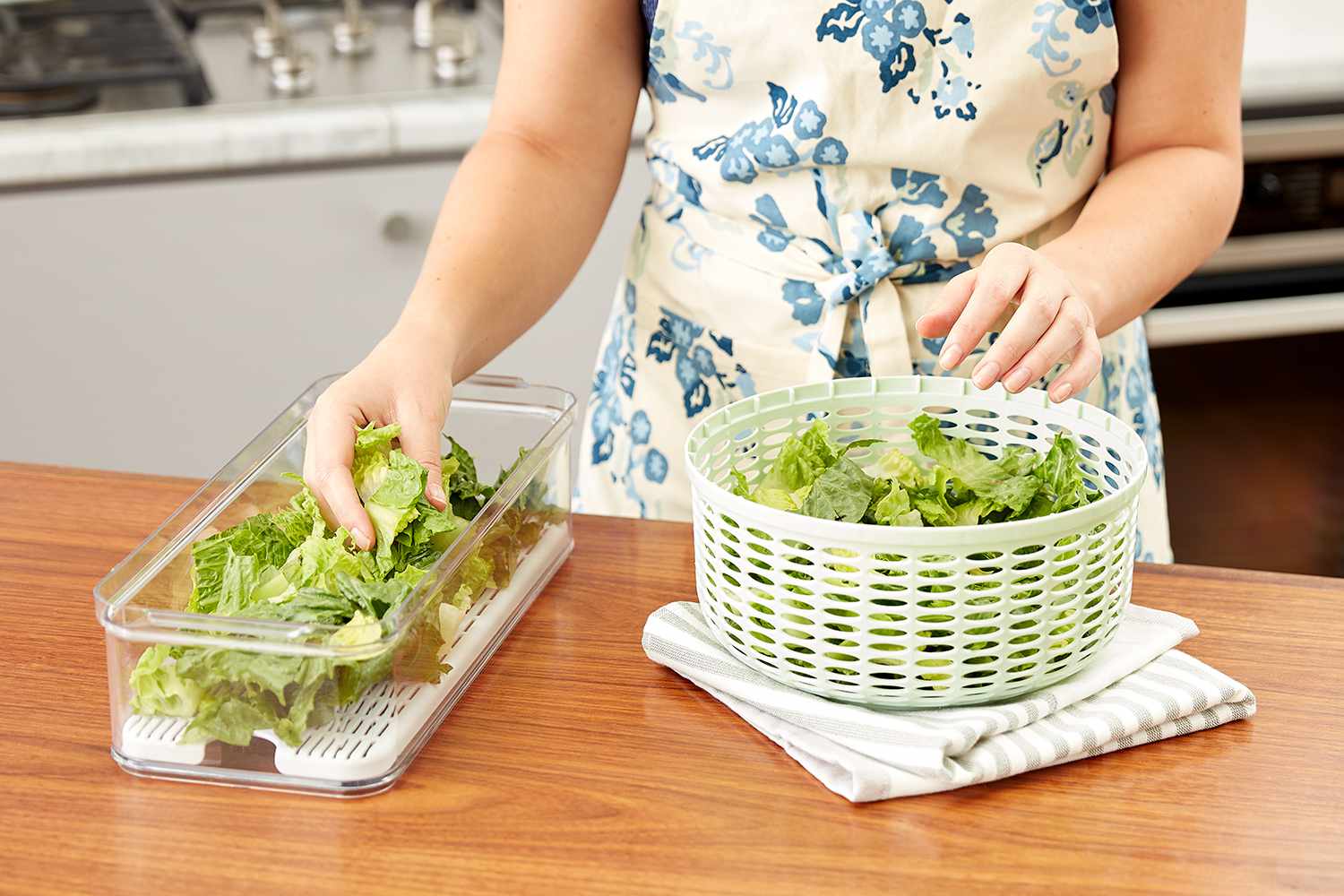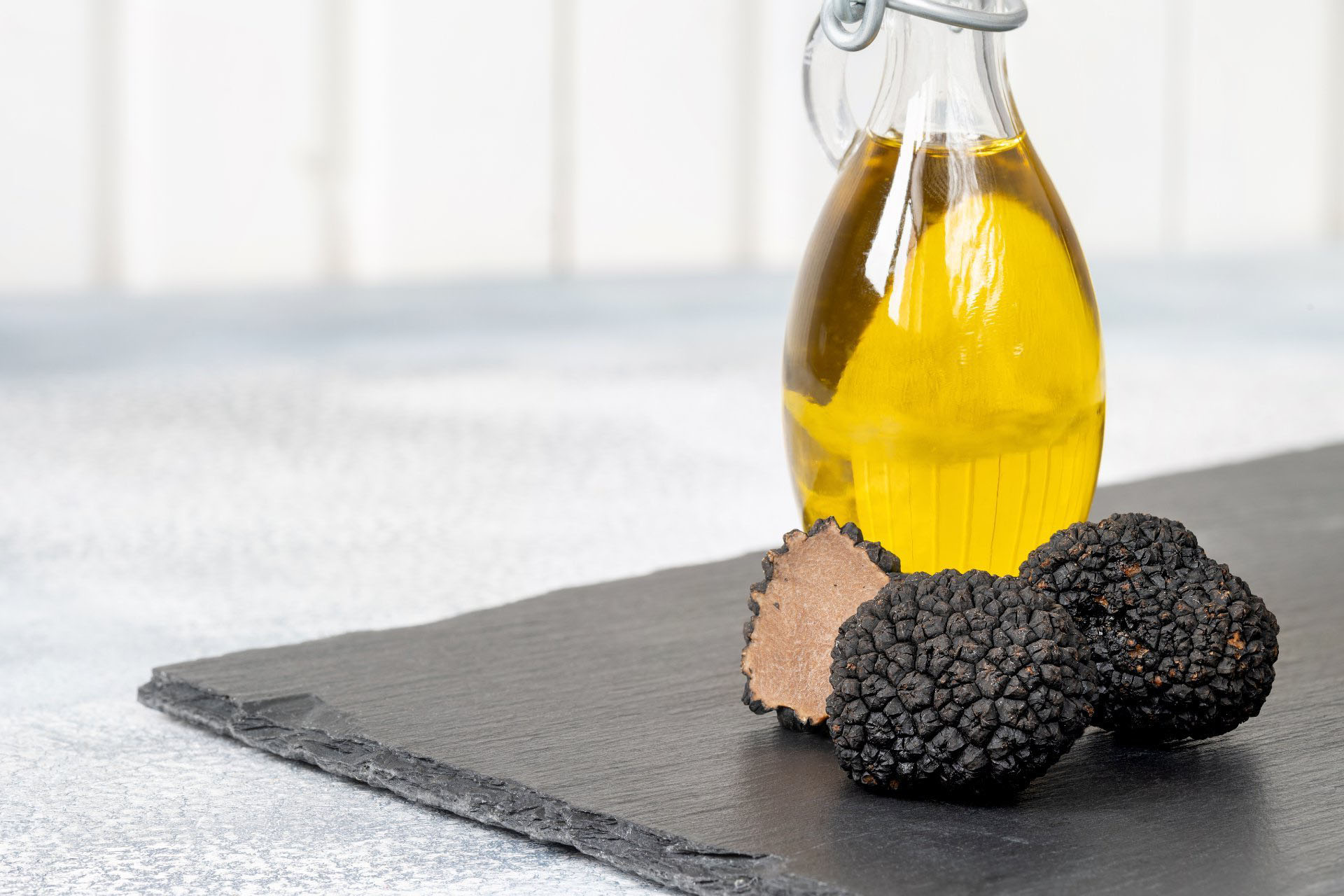Understanding Sifted Flour
Flour is a staple ingredient in many recipes, but have you ever wondered what exactly sifted flour is? Sifted flour refers to flour that has been passed through a fine sieve or sifter to break up any clumps and aerate it. This process helps to create a lighter, fluffier texture in baked goods and ensures that the flour is evenly distributed in the recipe.
Why Sift Flour?
Sifting flour serves several important purposes in baking:
- Remove lumps: Sifting helps to break up any lumps or clumps that may have formed in the flour, ensuring a smoother and more consistent texture in your baked goods.
- Aerate the flour: By passing the flour through a sieve, air is incorporated into it, resulting in a lighter and fluffier texture in your final product.
- Even distribution: Sifting helps to evenly distribute ingredients such as leavening agents, salt, or spices throughout the flour, leading to a more uniform flavor and texture in your baked goods.
Types of Sifted Flour
There are different levels of sifting that can be applied to flour:
- Lightly sifted: This involves a quick pass through a sieve to aerate the flour and remove any large lumps.
- Medium sifted: A more thorough sifting process that ensures a finer texture and more even distribution of ingredients.
- Double sifted: This method involves sifting the flour twice to achieve the finest texture and maximum aeration.
When to Sift Flour
While not all recipes require sifted flour, there are certain instances where it is particularly beneficial:
- Cake baking: Sifted flour is often called for in cake recipes to achieve a light and tender crumb.
- Pastries and delicate baked goods: Recipes that call for delicate textures, such as scones or soufflés, often benefit from the use of sifted flour.
- Recipes with leavening agents: Sifting helps to evenly distribute baking powder or baking soda, ensuring that the leavening agent is fully integrated into the batter or dough.
Substituting Sifted Flour
If a recipe calls for sifted flour but you don’t have a sifter on hand, you can achieve a similar result by using a whisk to gently aerate the flour and break up any lumps. While this method may not be as thorough as using a sifter, it can still help to improve the texture of your baked goods.
Conclusion
Sifted flour plays a crucial role in achieving the desired texture and consistency in many baked goods. By understanding the purpose of sifting and when it is most beneficial, you can elevate your baking skills and create delicious treats with a light and airy crumb.
So, the next time you come across a recipe that calls for sifted flour, don’t skip this important step – your taste buds will thank you!
Was this page helpful?
Read Next: What Is Pulled Pork Made From?
